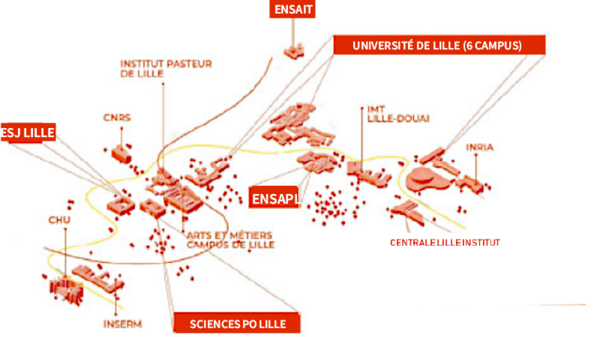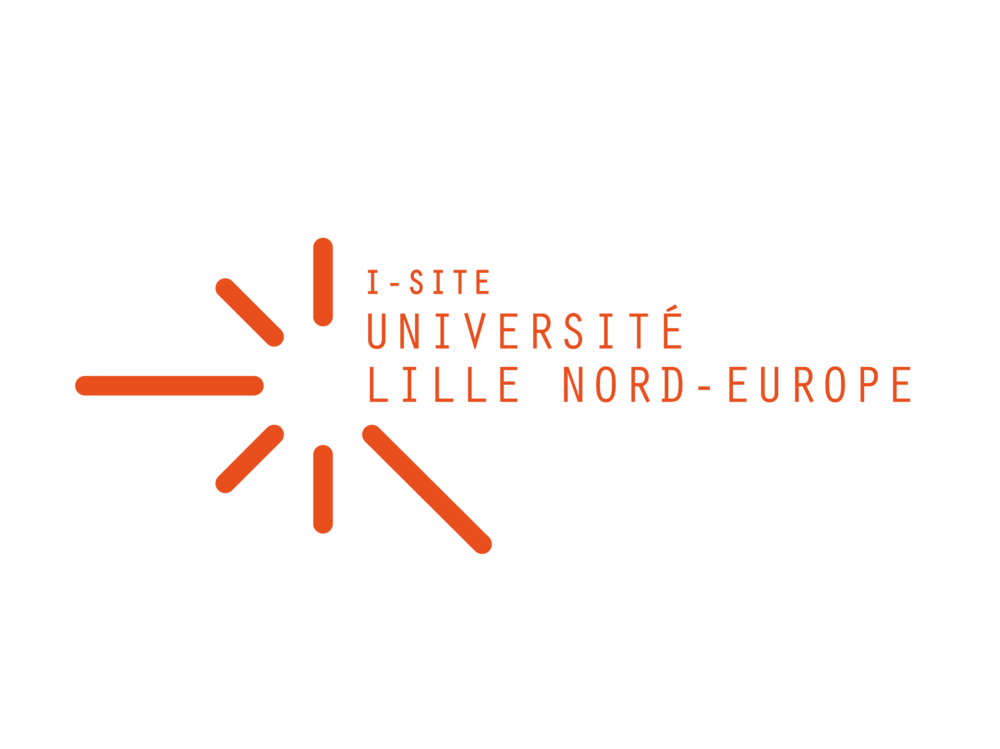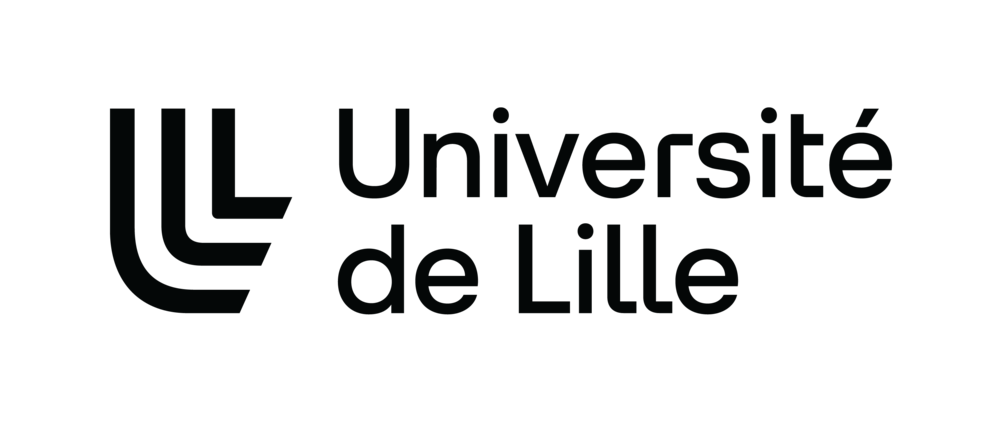Created on 1 January 2022, the new ‘University of Lille’ institution brings together renowned faculties, institutes and schools.
This new institution is the result of the shared ambition of several key players in the region’s higher education, research and innovation sectors to join forces to create:
- a university of excellence and inclusivity, positioning itself as one of Europe’s most renowned institutions over the next ten years,
- a major player in the region’s ongoing revitalisation, able to use the tools of knowledge and expertise to meet the challenges of global transitions − social, economic and ecological.
Project participants

The University of Lille is made up of two types of member:
- member schools, faculties and institutes (faculties, institutes, academic units and schools) and
- member institutions (ENSAIT, ENSAPL, ESJ Lille and Sciences Po Lille), which remain separate legal entities and, as such, retain a number of important prerogatives ensuring their autonomy and the continuity of their brand.
A university for global transitions

Our society is at a turning point, technologically, economically, health-wise, socially and environmentally. These challenges are particularly acute in the Hauts-de-France region, which is undergoing an economic, social and ecological transition that is commensurate with its past as a key region for industry and mining.This transition implies transformations in our ways of being, thinking and acting, and a capacity for continuous adaptation by individuals and organisations.
With its wide range of expertise and know-how, the University of Lille has a key role to play in meeting these challenges. That’s why its project was designed around the theme of global transition. The aim is to initiate new courses of action to reinvent progress, and create new learning pathways based on the metropolitan and regional ecosystem.
An in-depth transformation

Through its programme Investissements d’avenir (Future Investments Programme; PIA), the French government has awarded the University of Lille and its partners an I-Site label, which is used to identify universities that develop distinctive, internationally recognised scientific assets in specific focus areas, and make them a driving force and anchor point for their development strategy and partnerships with the economic world. Obtaining the label in 2017 set in motion a process to transform higher education in the region, of which the creation of the University of Lille on 1 January 2022 is a major milestone.
A new identity

To illustrate the transition it is undergoing and to which it intends to contribute, the University of Lille has adopted a new logo for 2022. Three ‘L’s for Lille form the ‘U’ of Université, a slanting ‘U’ which is resolutely turned towards the future.
